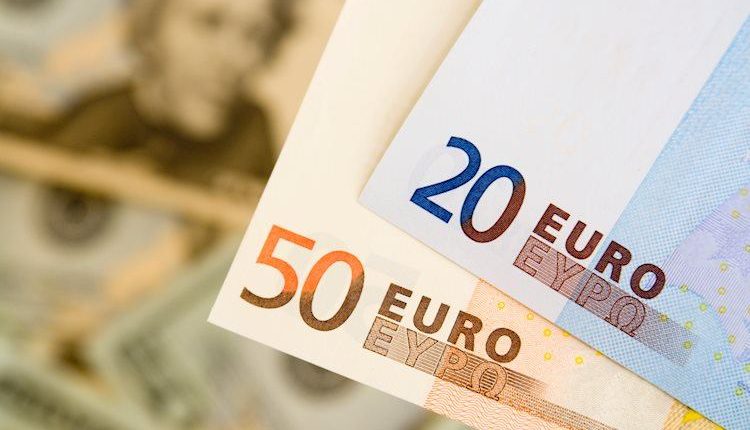- EUR/USD trades at 1.0696, down by 0.20%, as negative sentiment surrounding the Eurozone’s economic outlook weighs on the Euro.
- Disappointing industrial production in Germany stokes recession concerns, contributing to the Euro’s decline.
- ECB officials maintain a cautious approach, with de Guindos emphasizing data dependency and Enria warning of the impact of higher rates on property prices.
EUR/USD extended its losses below the 1.0700 figure late in the New York session, failing to extend its uptrend, which peaked at around 1.0756, though sellers dragged prices toward current exchange rates. At the time of writing, the pair is trading at 1.0696, losing 0.20%.
Euro struggles as German industrial data disappoints, while ECB and Fed officials offer varied policy outlooks
Wall Street portrays an upbeat market sentiment, which usually would be harmful to the American Dollar (USD), but not today. Worse than-expected Industrial Production figures from Germany reignited recessionary fears in the Eurozone (EU) area. Consequently, the EUR/USD dropped to a two-day low at 1.0664.
The Eurozone revealed the Producer Price Index (PPI) plunged -12.4% less than -12.5%, foreseen, suggesting that inflation continues to cool down.
European Central Bank (ECB) officials crossed newswires, with ECB’s Vice President Luis de Guindos adopting a vigilant stance, saying the central bank would continue to be data-dependent regarding monetary policy. In the meantime, ECB’s Chiefs Supervisor Andrea Enria noted, “The current higher interest rate environment could put further downward pressure on office and house prices.”
Recently, the Bundesbank President and ECB member Joachim Nagel stated it’s “imperative to remain vigilant” on inflation, as he sees the EU faces risks that inflation could turn out “higher than expected.”
Federal Reserve officials continue to express a range of views. Minnesota Fed President Neil Kashkari indicated that the economy’s strength raises questions about whether current policy is tight enough, and he mentioned that an uptick in inflation would justify further tightening.
On the other hand, Chicago Fed President Austan Goolsbee acknowledged progress in controlling inflation and suggested that the conversation might shift to how long rates need to remain at their current level.
EUR/USD Price Analysis: Technical outlook
After its two-day advance, the EUR/USD enjoys a pullback, with sellers failing to register a daily close below the latest cycle high of 1.0694, which could pave the way to resume the uptrend. In that event, the seller’s first support would be the 50-day moving average (DMA) at 1.0632, with price action distancing further from the 200-DMA. Up next would be the 1.0600 mark. On the flip side, the EUR/USD first resistance would be the 1.0700 figure, putting into play last Monday’s high of 1.0765. Once breached, the next stop would be the 200-DMA at 1.0805.
Read the full article here

